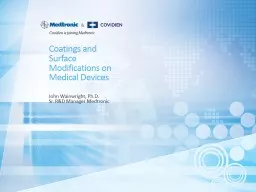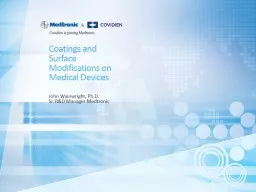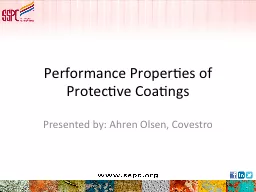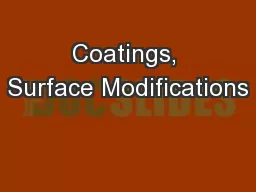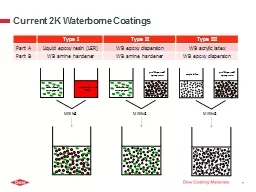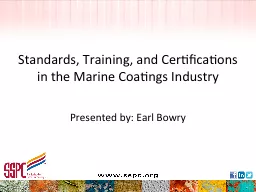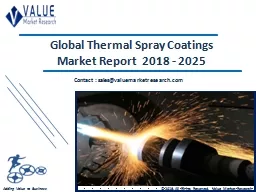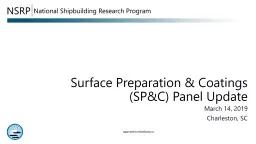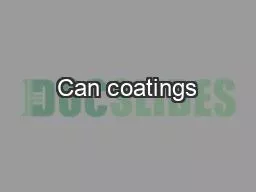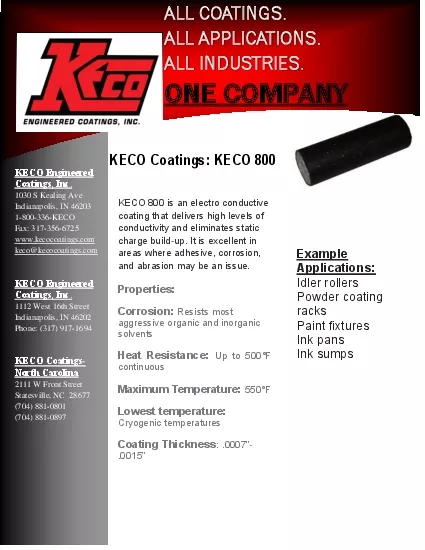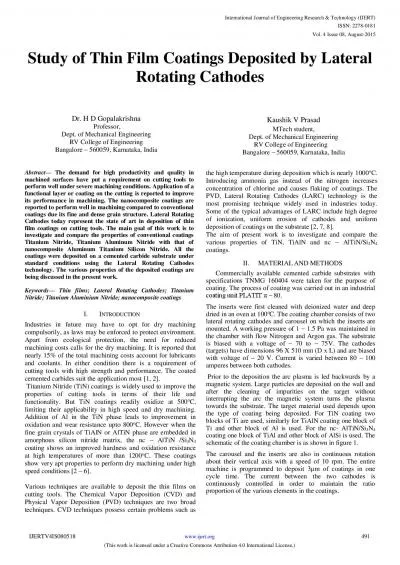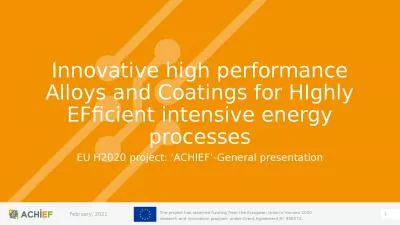PPT-Coatings, Surface Modifications
Author : pasty-toler | Published Date : 2020-04-05
and Bio Absorbables John Wainwright PhD Sr RampD Manager Medtronic plc WLNC 060815 Some of the technologiesdevices discussed in this talk are not approved in
Presentation Embed Code
Download Presentation
Download Presentation The PPT/PDF document " Coatings, Surface Modifications" is the property of its rightful owner. Permission is granted to download and print the materials on this website for personal, non-commercial use only, and to display it on your personal computer provided you do not modify the materials and that you retain all copyright notices contained in the materials. By downloading content from our website, you accept the terms of this agreement.
Coatings, Surface Modifications: Transcript
Download Rules Of Document
" Coatings, Surface Modifications"The content belongs to its owner. You may download and print it for personal use, without modification, and keep all copyright notices. By downloading, you agree to these terms.
Related Documents

